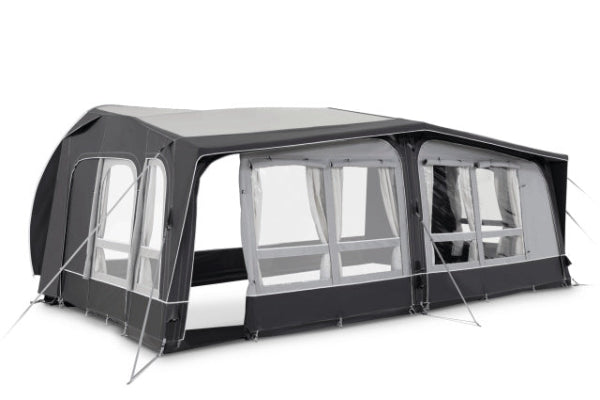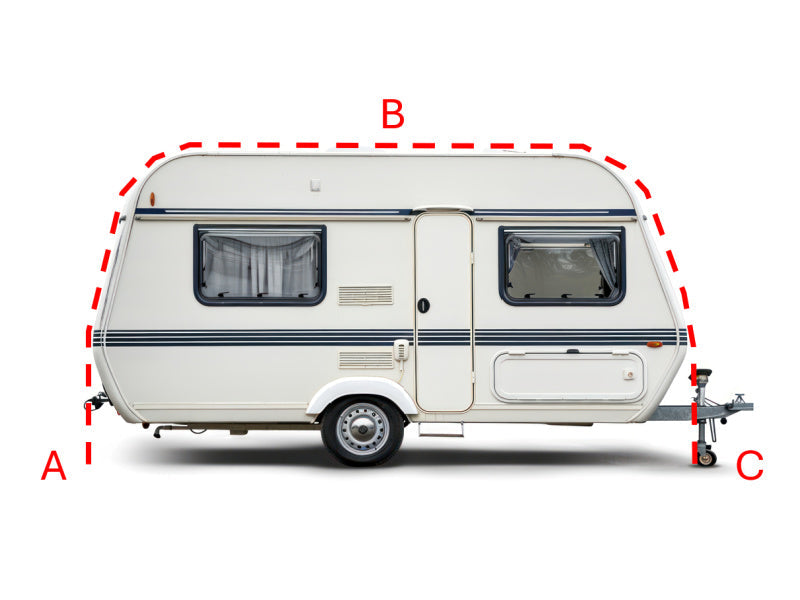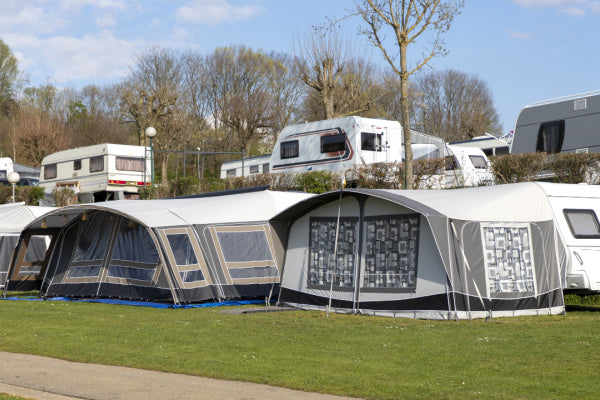How Many Batteries Do I Need for a 1000W Inverter?
ow many batteries for a 1000W inverter? Short answer: 1–4 deep cycle batteries, depending on how long you want power. Whether you're prepping for blackouts or juicing up your portable power station, stick around—we’ll break down volts, amps, and why your fridge deserves better than guesswork.
Understanding Your Power Needs & Key Battery Factors for a 1000W Inverter
Decoding Your 1000W Inverter and Actual Energy Consumption
A 1000W inverter is a favourite choice for many households and small businesses. But figuring out how many batteries it needs can be tricky. This is because the number of batteries depends on a few key things: the type of battery, how long you want the system to run, and the overall setup.
Key Inverter Specifications: Continuous vs. Peak Power & Efficiency
A 1000W inverter converts DC power from a battery into AC power, which is what most appliances and devices use. The “1000W” refers to the continuous power it can deliver. Inverter systems can also provide a short burst of peak power, which is helpful when devices first turn on. However, you also need to consider inverter efficiency. Most are between 85% and 95%, and this affects how much energy you’ll actually get.

Calculating Your Total Wattage Load (Connected Devices)
To determine battery needs, you must first calculate the total load your inverter will support. Add up the wattage of each device you plan to connect and multiply it by the number of hours they’ll run. This gives you your total energy requirement in watt-hours (Wh). The more devices—or the longer you use them—the higher the energy need.
Estimating Your Desired Runtime (How Long You Need Power)
Runtime is just as important as total wattage. If you only need backup power for an hour or two, fewer batteries are required. If you want power for several hours, the battery bank must be larger. Consider how long you want to run the inverter at a given load. Then, use this figure to calculate how much energy storage you'll need.
Essential Battery Concepts for Accurate Sizing
Battery Voltage (12V, 24V) and Inverter Compatibility
Most inverters are compatible with 12V, 24V, or 48V battery setups. It's essential that your battery voltage matches what your inverter requires. Higher voltage systems can be more efficient, especially for larger or longer-running setups. They also reduce the current in the wires, which helps reduce heat and power loss.
Understanding Battery Capacity (Ampere-hours - Ah)
Battery capacity is measured in ampere-hours (Ah). This number shows how much energy a battery can store. For example, a 100Ah battery at 12V stores roughly 1,200Wh. The higher the Ah, the longer your inverter can run devices. Just remember to factor in inverter efficiency and discharge limits.
The Importance of Depth of Discharge (DoD) – Lead-Acid vs. Lithium
Depth of Discharge (DoD) is the percentage of a battery's capacity that can be safely used. For lead-acid batteries, it’s generally around 50%. Lithium-ion batteries usually offer a DoD of 80–90%, meaning more usable energy per charge. This difference significantly affects how many batteries you’ll need overall.

How Battery Type Impacts Your Choice
Inverter systems work best with deep cycle batteries. These are designed to be used and recharged many times. Common battery types include:
-
Tubular batteries – long-lasting and ideal for frequent use
-
Flat plate batteries – cheaper but with shorter lifespan
-
Maintenance-free (sealed) batteries – require no water refilling
-
Lithium-ion batteries – efficient and low-maintenance, but expensive
Choosing the right type comes down to your budget, space, and how much maintenance you're willing to handle.
Calculating How Many Batteries You Need & Practical Considerations
The Core Calculation: Step-by-Step to Your Battery Number
Figuring out the number of batteries your 1000W inverter needs isn’t guesswork. Follow these simple steps:
Step 1: Determine Total Energy Needed (Watt-hours, accounting for inverter inefficiency)
First, multiply the total wattage of your devices by the number of hours they’ll run. This gives you the total watt-hours (Wh) required. Then, divide that number by the inverter’s efficiency rating (e.g., 0.9 if 90% efficient) to account for energy loss.
Step 2: Convert Watt-hours to Amp-hours (based on your battery voltage)
Use the formula:
Amp-hours = Watt-hours ÷ Battery Voltage
For example, 1,800Wh ÷ 12V = 150Ah
Step 3: Factor in Depth of Discharge (DoD) for Optimal Battery Lifespan
If using lead-acid batteries with 50% DoD, double your calculated amp-hours. For lithium-ion (90% DoD), divide by 0.9. This ensures you don't deplete the battery too much, which would shorten its life.
Step 4: Calculate the Number of Batteries (Total Ah needed / Single Battery Ah rating)
Divide the total amp-hour requirement by the rating of each battery. For example, 300Ah ÷ 100Ah = 3 batteries.

Real-World Examples & What Size Battery for a 1000W Inverter?
Example Scenario 1: Powering Light Electronics (Phones, Laptops, Lights)
Suppose you’re running a 300W load for 4 hours.
300W × 4 = 1,200Wh.
Adjusting for efficiency (90%): 1,333Wh.
Using a 12V battery: 1,333 ÷ 12V = 111Ah.
With 50% DoD: 222Ah needed → 2 × 12V 120Ah batteries.
Example Scenario 2: Running Small Appliances (Mini-fridge, Fan, TV)
For 800W over 2 hours:
800 × 2 = 1,600Wh.
Divide by 0.9 = 1,778Wh.
1,778 ÷ 12V = 148Ah.
At 50% DoD: 296Ah → 3 × 100Ah batteries.
General Recommendations: Common Battery Sizes (e.g., 100Ah, 200Ah) and Suitability
-
100Ah batteries are affordable and widely used
-
200Ah batteries reduce unit count but cost more
-
Lithium batteries allow deeper discharge and longer lifespan, but are pricier
Optimising Your Setup & Answering Key Questions
Basic Battery Wiring: Series vs. Parallel Explained
-
Series wiring: Increases voltage. For example, two 12V batteries in series = 24V
-
Parallel wiring: Increases amp-hours, while keeping the voltage the same
Choose series for higher voltage setups. Use parallel to extend runtime at a fixed voltage.
Tips for Extending Battery Life with Your 1000W Inverter
-
Don’t over-discharge batteries
-
Keep battery terminals clean
-
Use a charge controller to avoid overcharging
-
Store batteries in a cool, dry place
-
Charge fully before storing long-term
Other content you might like:
- How Long Do Portable Power Stations Last?
- Can You Run a TV Off a Portable Power Station?
- Can Portable Power Stations Be Used Indoors?
- Can Portable Solar Power Stations Work in Winter?
- Are Portable Power Stations Allowed on Planes?
- How Many Hours Will a Portable Power Station Last?
- How Long Can a Portable Power Station Run a TV?
- Can You Leave a Portable Power Station Plugged In All the Time?
- Will a 1000W Inverter Run a Refrigerator?
- What Can a 150W Portable Power Station Run?





Leave a comment